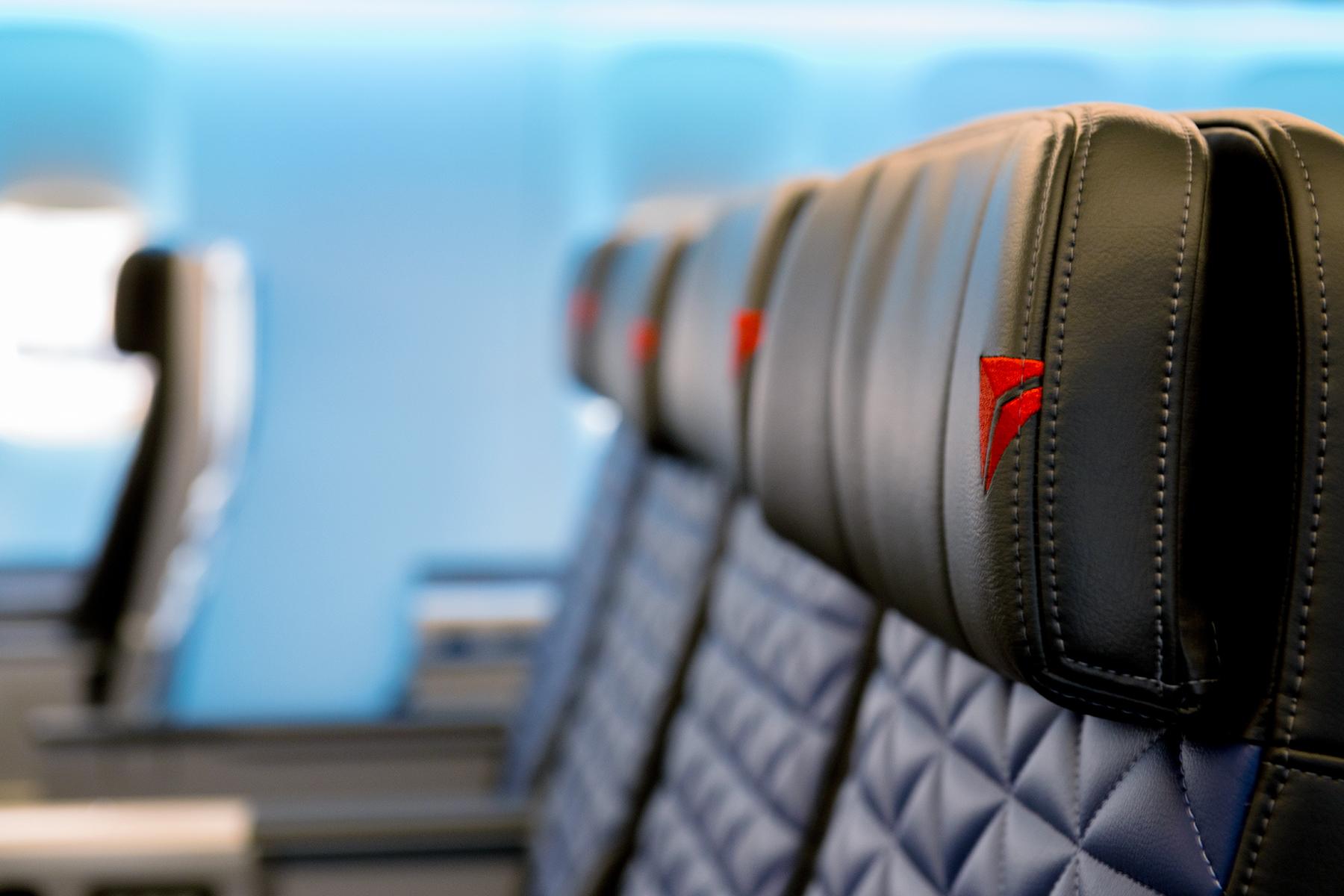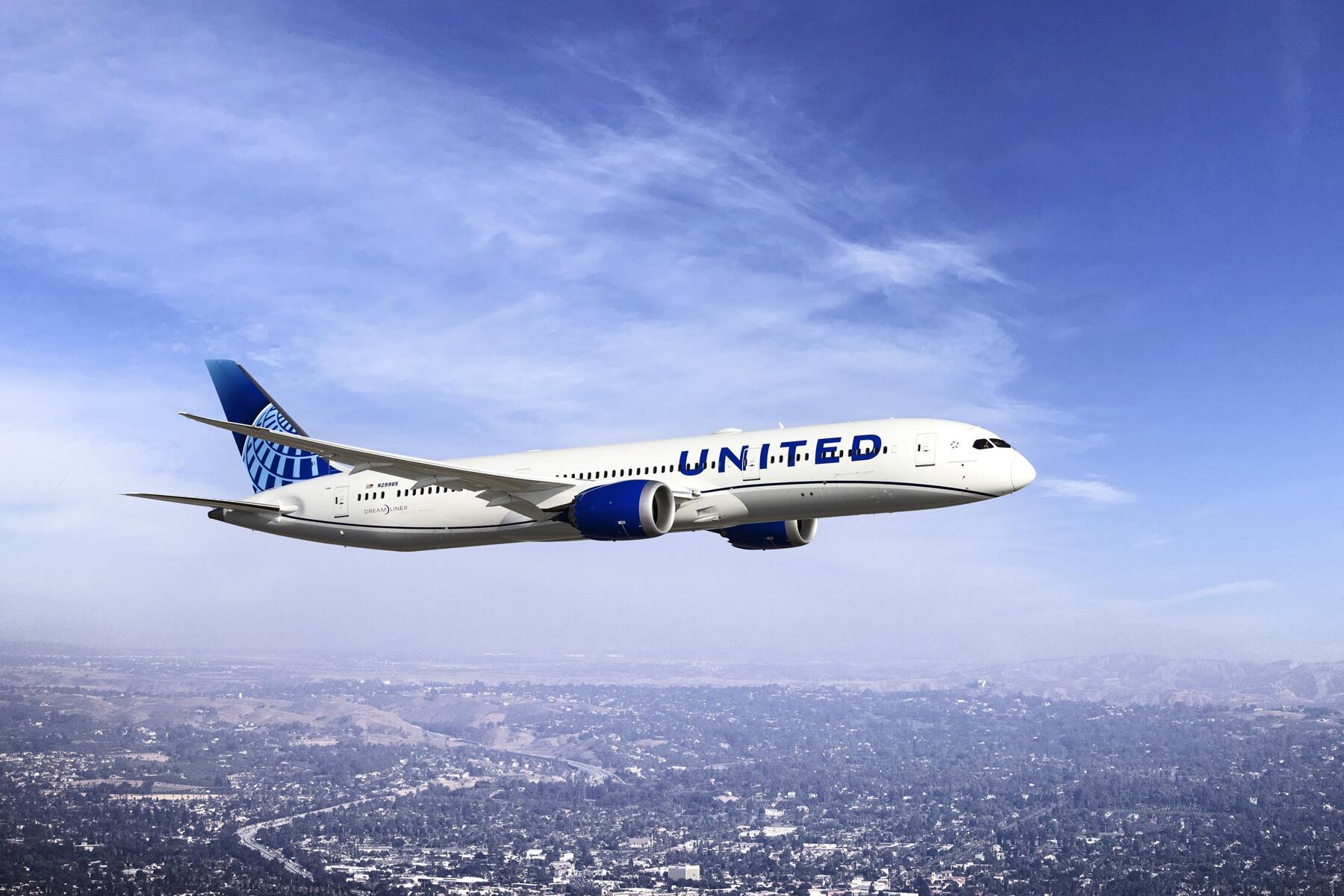If you've ever wondered what flight staff thinks of you, what impresses them, what kinds of thoughtful gestures they appreciate, and what type of behavior rubs them the wrong way, boy oh boy do we have some excellent information for you.
After chatting with some experienced attendants, including Shay LaBissoniere and Ervin Leazer, who both flew for a major carrier for more than 20 years, plus Carie Keller, who currently works for another major international airline, we’ve come up with some sage travel advice, a bunch of no-brainers that flustered passengers tend to forget, plus some superb instructions about how to impress—or at least not irritate—your friendly flight attendants.
Stay Ahead of the Travel Game Before You Even Leave Home
Plan ahead, Shay emphasizes, to avoid “the stress of rushing or being ill-prepared.” That means making a list of travel necessities a week in advance, ensuring that your passport and travel documents are valid and up-to-date (she knows lots of folks who’ve had to pay for expensive, expedited renewals or who have altered travel itineraries due to expired documents). Also, charge up your devices before leaving the house, and pack adapters, chargers, and headphones so you can actually use your devices.
“Get travel insurance,” Ervin advises. Travel insurance will allow you to recoup additional expenses should your itinerary fall into tatters. He also suggests carrying emergency funds or a prepaid credit card of at least $500 in case you get stuck in a jam. When it comes to travel clothing, pack as light as possible. A thin, foldable weatherproof jacket and a compact umbrella will come in handy.
Top Picks for You
Recommended Fodor’s Video
Shay stresses the importance of traveling with vitamins and immune system boosters. Ervin informs us that, “Airplanes are not hospitals, grocery stores, or restaurants. If you have dietary restrictions (gluten-free included), BRING YOUR OWN FOOD!”
Handling a Hectic Airport Like a Pro
“Always pack small travel-size snacks,” Carie Keller advises, and “empty bottles for water.” All Starbucks and food stops will give you free ice water, which is a lot cheaper than expensive bottled water from terminal shops. Also, if you have a tight connection, you may not have time to grab a bite, plus airport food is often overpriced–and not very healthy.
Pack medication you’ll need during your flight in an accessible spot in your carry on and only carry on whatever luggage you’re able to physically handle (if it’s too heavy for you, it’s too heavy for the flight crew). “Airports and most commercial aircraft temperatures tend to be on the cooler side (but not always),” Shay explains, so dress in layers to deal with temperature variations.
“Expect the worst when it comes to lines in security,” Carie warns. The takeoff time printed on your boarding pass doesn’t mean you should arrive at the gate at precisely that time. Use your thinking cap and proper time management to get to your gate well before departure. “The doors close 10 minutes prior to departure time. And they will leave you. No matter who you are,” Carie adds.
Flight attendants work on planes, not in airports. Chances are if you stop them and ask where certain things are in the terminal, they won’t know. They land in a ton of different airports every year. “Also, if you pass a flight attendant and ask where your gate is, you’re hitting another pet peeve,” Carie says. That information is on monitors located throughout the terminal.
How to Board an Airplane Like a Civilized Human Being
Avoid bringing food with pungent odors on board. The examples Shay gives are smelly treats like hard-boiled eggs and tuna fish. The overpowering aromas will travel quickly through the recycled airflow system, offending the nostrils of crew members and passengers alike.
Use the bathroom before you board. If you wait until boarding, you’ll clog up the aisles as you squeeze past other passengers in your rush to hit the commode. It’s a nuisance for the flight crew to shuffle around extra bodies (even ones waiting for the lavatory) in the galleys while the team is prepping for the flight.
Regarding your carry-ons, remember that flight attendants aren’t bellhops. “You pack it, you stack it,” says Ervin Leazer. If you can’t hoist your bag, you need to check it. Senior crew members have suffered from back and shoulder injuries from lifting heavy bags. As a result, airlines now ask staff only to assist with bags and not lift or place them. Flight attendants aren’t getting paid during the boarding process, which means if they get injured and tear a rotator cuff while lifting a bag, they may have to fight with the company to cover the injury.
Now, let’s talk about something that’s infamously known among industry insiders as “pill water,” the water requested for medication during the frenzied boarding process. This irksome request is just one more unnecessary distraction the crew has to deal with while assisting the onslaught of humanity boarding the aircraft. If you must swallow a pill before take-off, bring your own bottle of water (see above) or find a drinking fountain in the terminal.
Flying Like a Seasoned (and Respectful) Champ
Stay hydrated and drink plenty of water. This falls under the “no-brainer” category, but lots of people tend to forget it. A headache is one of the first signs of dehydration.
“While in flight, put a small amount of Neosporin on your lips and around the inside opening of your nose,” Shay recommends. It will help fight bacterial infections. People, especially in confined spaces, contract most of these infections via their eyes, nose, and mouth.
Never enter a lavatory without your shoes on (for what should be obvious sanitary reasons), and if you have issues with high-altitude swelling in your feet and legs, wear compression socks or tights for flights lasting more than three hours.
Clear-air turbulence (or CAT) is real. This unexpected, severe turbulence can pop up in cloudless regions, causing the aircraft to bash around violently. It’s always a good idea to keep your seatbelt fastened (yes, we know, you’ve heard this advice a thousand times) to avoid CAT-induced injuries.
“Hold your tongue. If you can’t find a way to peacefully resolve a situation with your words, remain silent until you are able,” Shay says. Verbal abuse or aggressive, threatening behavior is unacceptable, regardless if directed at a crew member or another passenger—and given the modern media environment, outbursts will likely be recorded and shared online, making you a viral social pariah or object of scorn.
“You don’t need to touch me to get my attention. A simple ‘sir?’ or ‘excuse me’ will do,” Ervin says. And if you wear noise-reduction headsets or were sleeping during the inflight service and feel like you were skipped over, you weren’t. You just didn’t respond when asked. When attendants come by with a cart, take off your headphones, and make eye contact. That’s not only polite but much better than frantically waving your hands about to grab their attention.
Galleys aren’t yoga rooms. While it’s good to walk the aisles and stretch, cabin crews don’t appreciate passengers obstructing their tiny workspaces while bending over in yoga poses and sticking their buns in everyone’s face.
Give your seat pocket drink menu a once over, Carie suggests. Service takes a lot longer when 200 people all individually ask, “What do you have?”
Disembarking With Grace
Disembarking etiquette is pretty straight forward. Deplane one at a time row by row and don’t shove in front of others. Have a little patience, and wait for your turn.
One pet peeve flight staff often have, Carie points out, is a passenger asking if they can get off first because they have a tight connection, or if another plane can be held for them (it can’t). “We can’t control maintenance or weather,” she says, regarding delays. “As frustrating as it is for you guys, it’s equally as frustrating to us.” The flight crew isn’t getting paid during delays, which means they don’t want to be stuck waiting on the aircraft either.
General Sage Travel Advice
“If you choose to travel in basic economy, please make sure you know what you’re giving up,” Shay counsels. These inexpensive tickets come with the most restrictions. Read the fine print before you book. One of the most common complaints flight attendants have to deal with stems from the limitations customers experience after booking basic economy.
Keep photocopies of your passport and driver’s license in different travel bags in case you lose your documents or they’re stolen, so you’ll have some form of identification to help you deal with the local authorities.
Ervin recommends at least a two-hour connection time for domestic hauls, and three hours or more for international flights. Early morning flights and all-nighters are great choices, too, because they come with more alternative flight options should your first trip become delayed or canceled.
“If you’re a frequent flyer, specifically internationally, consider applying for a global entry pass,” Shay says. This pass will expedite re-entry into the United States and shorten the time spent waiting to clear U.S. customs.



